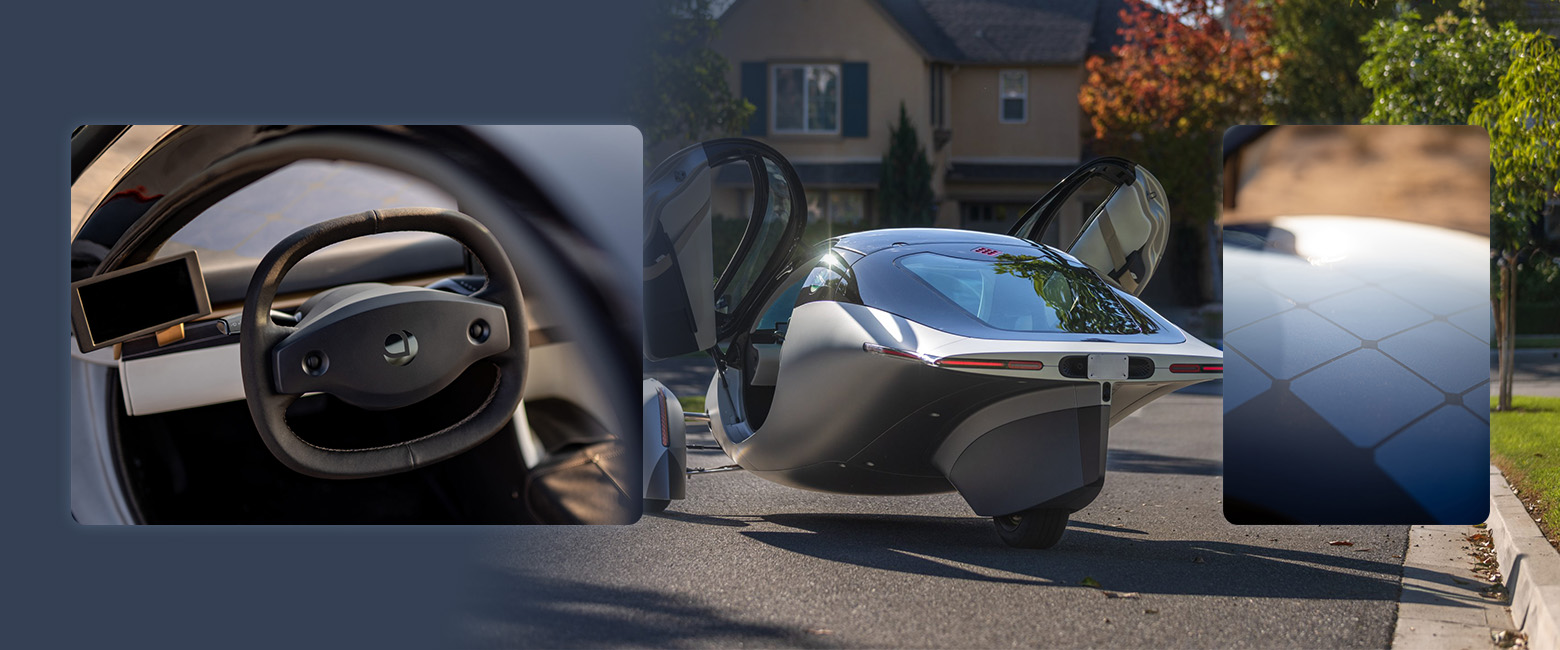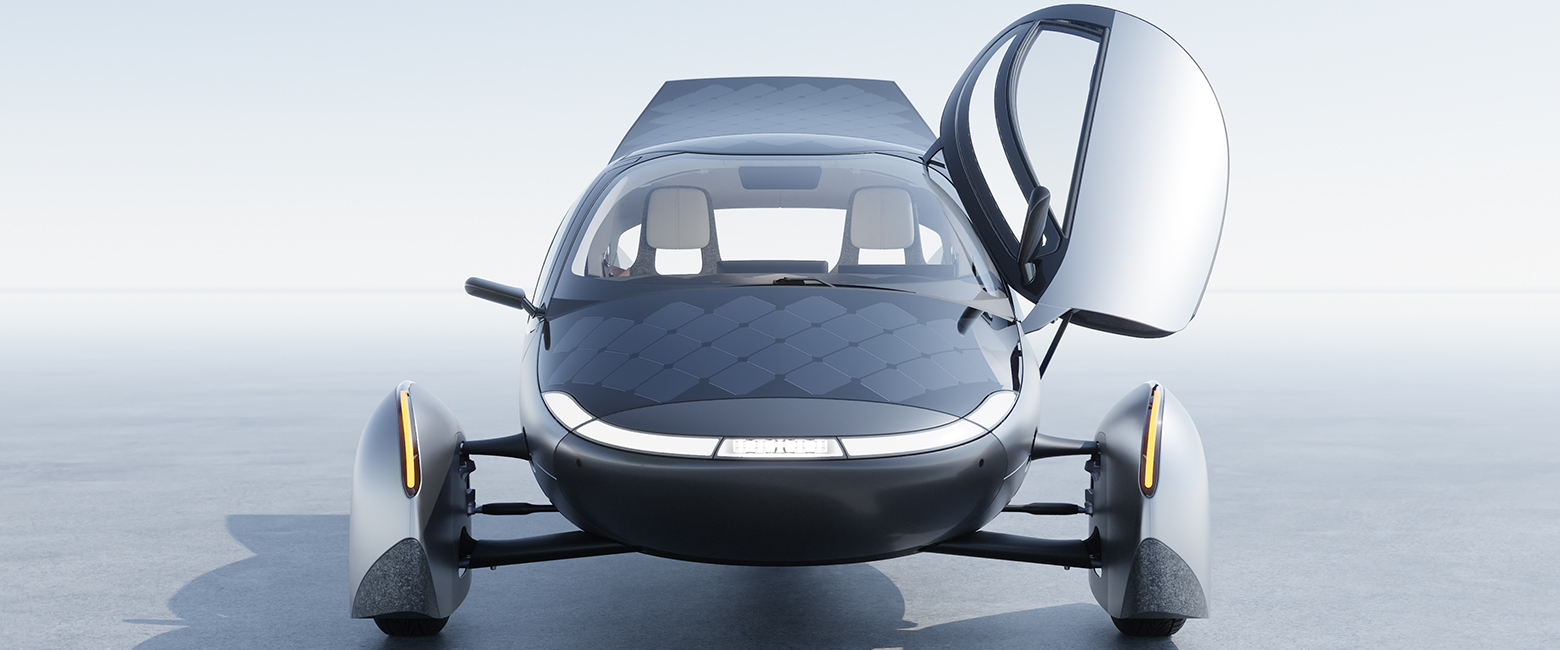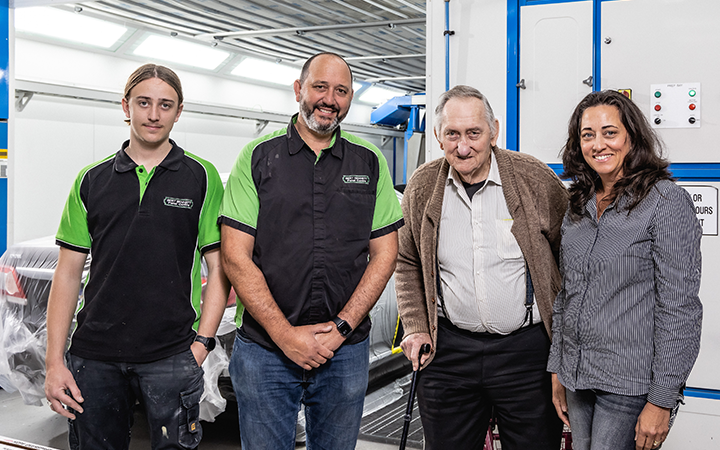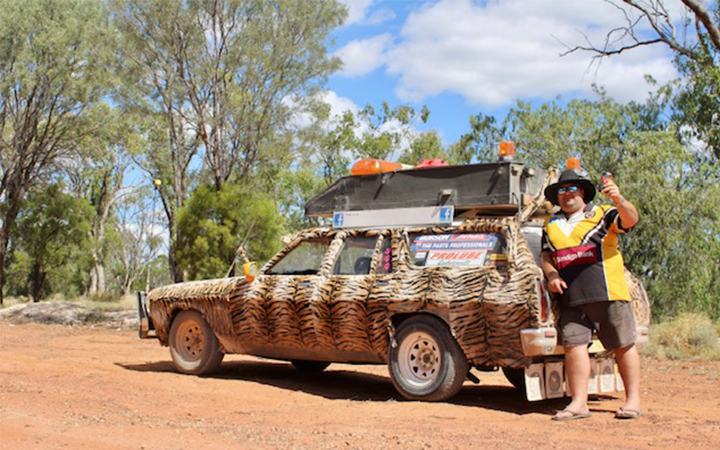It’s not uncommon to hear people say electric vehicles (EV) will never catch on in Australia because the need to frequently recharge batteries is incompatible with the tremendous distances some people travel.
But what if that EV could do 1600 kilometres on a single charge? And what if that vehicle not only already had a fuel efficiency equivalent to 0.65 litres per 100 km, but also could recharge its batteries for free, from the sun?
Sounding a lot more tempting, isn’t it? That’s certainly what Capricorn Member Andrew McLean thought when he first heard about the Aptera—the US-made solar-powered vehicle being marketed as the world’s first “never charge” transportation solution. Andrew, formerly the owner-operator of Triple C Mobile Mechanix in Brisbane’s North, was so sold on the Aptera, he reserved one and became an ambassador for the company.
“When I was an apprentice, they told us that one day we would be driving cars that would run on 10% of the energy they do now,” Andrew said. “I actually didn’t believe them but then I saw this and I thought, ‘it’s here’”.
“It’s got a 100 kW battery, so you can travel one charge from Brisbane to Cairns or Brisbane to Adelaide. You can get 20,000 kms a year, just from leaving it in the sun.”
So, what’s the catch?
Firstly, it’s a two-seater.
Secondly, it’s not technically a car. In the US this zippy three-wheeler is classified as an autocycle. In other countries, it’s considered a motorcycle. In Australia, it’s a motor tricycle—which means it can be licensed for use on the roads although, technically, under current laws, the driver might be required to wear a helmet. In the US, those laws are already changing to exempt the Aptera from helmet laws.
Does the classification of the vehicle bring with it other limitations? Just how practical is the Aptera?
“People say, ‘it won’t do this; it won’t do that’,” Andrew said. “Look, it won’t drive 40 ton of cattle over the Nullabor for you either. Those arguments are ridiculous. For a commuter, it’s perfect. The average person does 30 km a day commuting. You drive it to work, park it in the sun, and at the end of the day you’ve got 55 km worth of free fuel. 55 km every day. That’s insane.”

Let’s dive into what the Aptera offers.
Firstly, the range. It goes five times further than most other EVs and the company says the average driver will only have to charge the vehicle about three times a year.
It has a top speed of 162.5 kilometres per hour and goes from zero to 100 kmh in 4 seconds.
“This is supercar stuff,” Andrew said.
Made from ultra-lightweight composites, it weighs about 65% less than the average EV. It’s also stunningly aerodynamic. The shape mimics a dolphin and has a drag coefficient of 0.13. By way of comparison, a Toyota Corolla rates at 0.29 and a Tesla Model 3 at 0.23. The entire Aptera vehicle is more aerodynamic than the wing mirror alone on a Ford F150.
It also comes with a range of safety features including a forward collision warning system, two airbags, four external cameras and parking assistance.
It has all-wheel drive and anti-lock braking, uses 16-inch tyres, and has been developed to handle well in all weather conditions. The addition of a third motor on the rear wheel provides extra regenerative braking capabilities and allows for improved performance, handling, and traction. The company claims it makes it “better for driving and handling in snowy, off-road, or icy conditions”.
If you do take it off the beaten track, there’s plenty of room in the boot for all your gear. The Aptera promo video actually shows it fitting a surfboard. There’s 0.92 square metres of space (almost as much as a Leyland P76, which at 1.01 metres squared could famously hold a 44-gallon drum). It also comes with an optional two-person fold-out tent, which extends from the boot.
But recreational pursuits like camping trips aren’t likely to be the workaday use for the Aptera. Andrew believes they’re the perfect commuter vehicle for modern urban living. He is also absolutely convinced that they’re the future.
“I think Aptera will sell a million of these pretty quickly,” he said. Some 44,000 people worldwide have put their names down for one so far.
The vehicle is due to come into production at the end of this year, so we’ll soon find out if Andrew’s prediction is correct. The right-hand drive version is due to land in Australia in 2025—including the one Andrew pre-ordered. The base model costs US$25,900.
Will the Aptera catch on the way Andrew hopes? Time will tell.
If you want to learn more, head to aptera.us.


